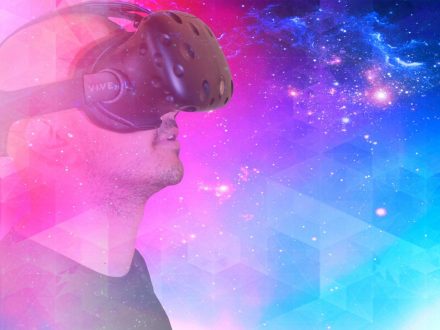“Digital Twins”, The First Step For The Correct Adoption Of The Metaverse In The Retail Sector

A digital twin will make it possible to create synthetic worlds in which to test the effect of a multitude of variables: starting with how the color of the store influences the appearance of fruit and vegetables depending on where they are placed.
The metaverse is the subject in which all sectors are catching up. For its part, Zebra Technologies Corporation argues that the metaverse is becoming one more option within the omnichannel strategy of the retail sector, although its integration has to be done progressively and intelligently, having previously opted for a “digital twin” model.
“As we can see, many companies are starting to work with the idea of the metaverse, but will this option really be attractive to consumers, and what if the “build it and the customer will come en masse” strategy doesn’t work?” says Biswa Sengupta, Technical Fellow and Global Head of Machine Learning at Zebra Technologies.
He adds, “The key is to do it all incrementally, fine-tuning the product-market pairing before you start opening virtual stores or using digital currencies or tokens for buying/selling assets. The metaverse can also be considered a perfect virtual experimentation field. A digital twin where we can create, train and deploy the most innovative machine learning technologies, from computer vision (CV), to natural language processing (NLP) or reinforcement learning (RL), to develop new consumer experiences.”
First of all, a digital twin must be built, like a simplified metaverse, to have visibility into all assets and to be able to collect information. At the same time, if this is done with the necessary rigour, it will be possible to create synthetic worlds and test the effects of the different variables.
In short, an intelligent and progressive adoption of the metaverse can lead companies to evolve their current virtual experiences.